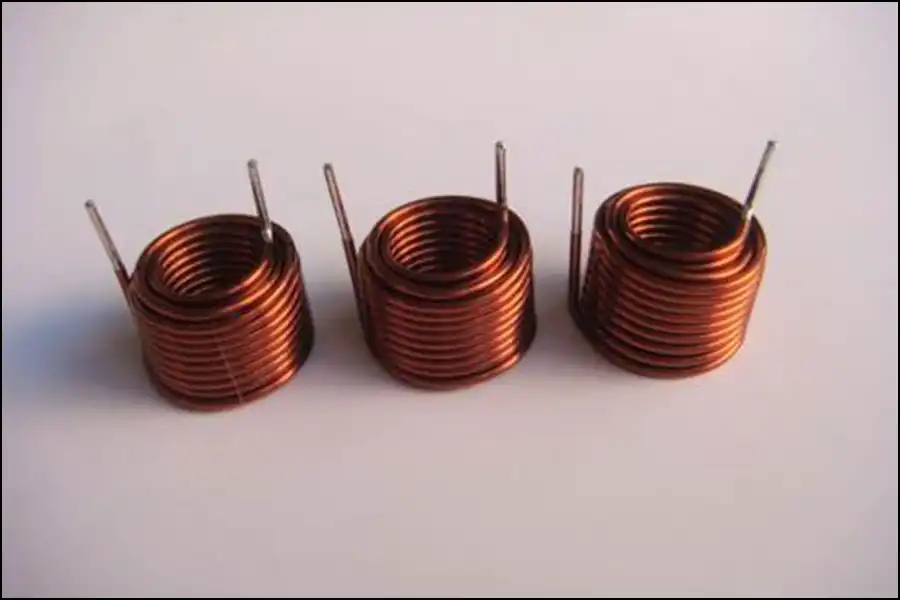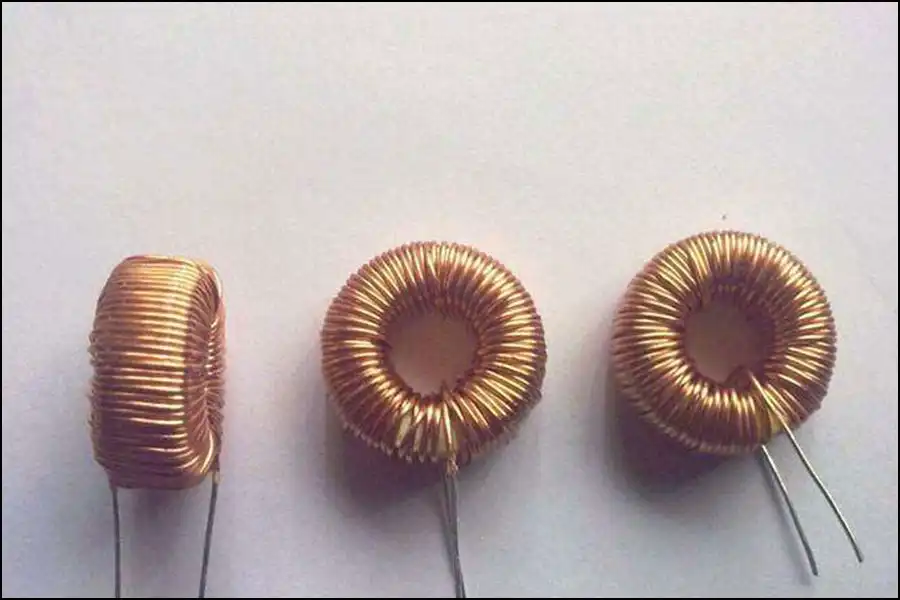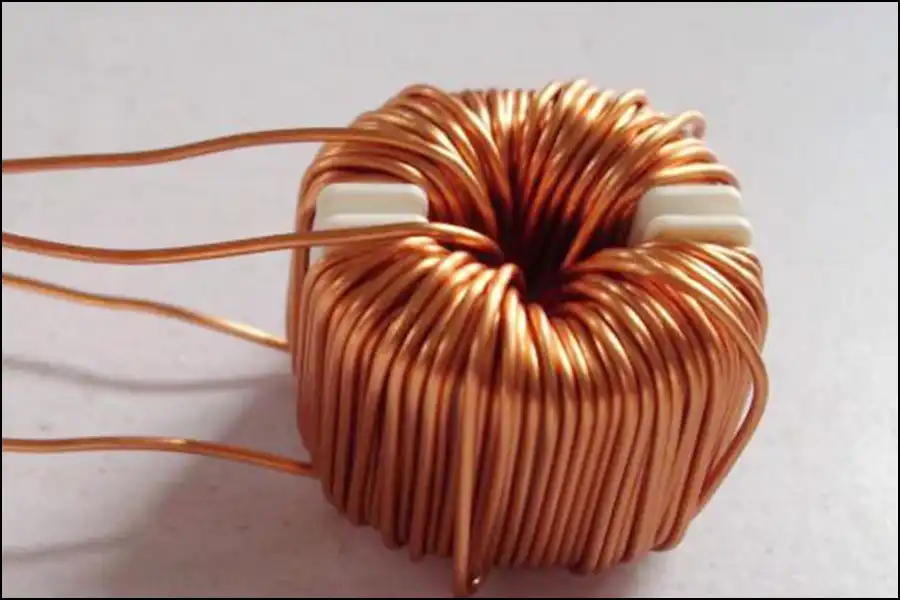Beryllium Copper Canted Coil Spring / Spring Contact Finger
Wonder copper is capable of producing the beryllium copper springs, beryllium copper spring contact, beryllium copper contact spring, beryllium copper spring contact finger, beryllium copper spring finger contact, watch-band spring contact finger, beryllium copper clack contact finger, Multi-Contact finger, Z-forms contact finger, Spirial Contact, Strip Contact, etc… according to Customer’s drawing and available samples .
With its full suite service of custom beryllium copper canted coil spring / spring contact finger, Wonder copper can handle all your high-temperature beryllium copper spring needs with consistently top quality components. Call us today!
Beryllium Copper Canted Coil Spring / Spring Contact Finger Available products
The mainly available material of beryllium copper springs and spring contact finger are C17200 beryllium copper spring contact finger, C17500 beryllium copper spring contact finger and other spring contact components.
Beryllium Copper Canted Coil Spring / Spring Contact Finger Typical application:High Voltage Switch Gear Industry/Spring Industry/Electrical Industry
Wonder Copper Advantage
Canted Coil Spring Case Studies
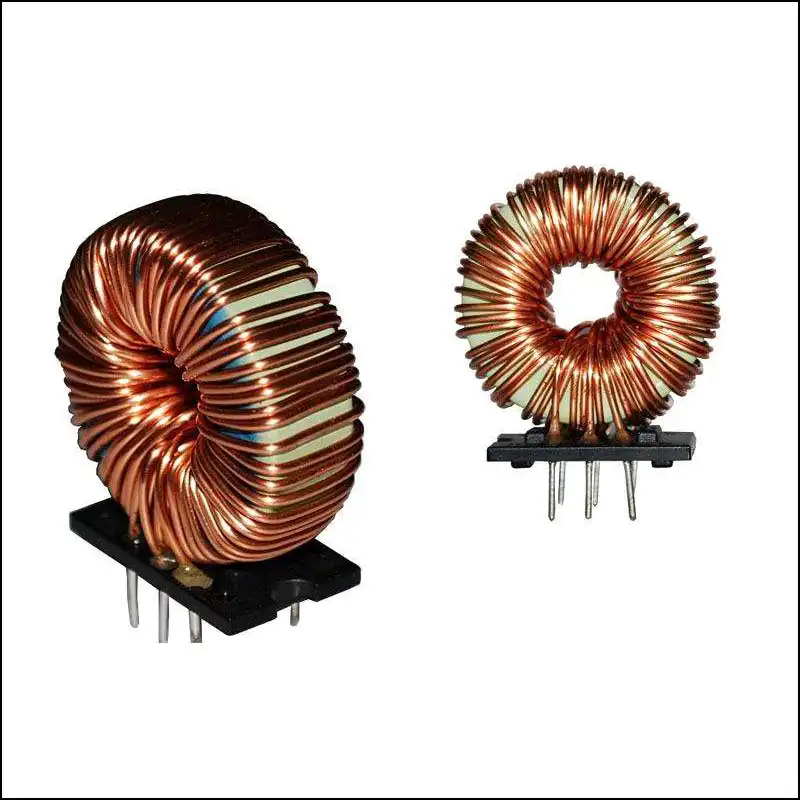
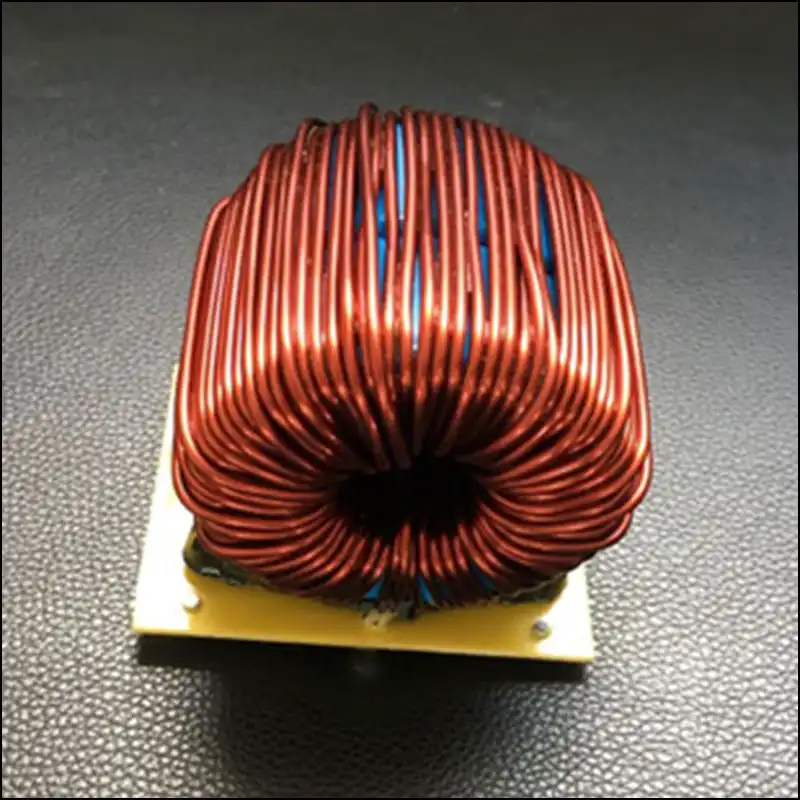
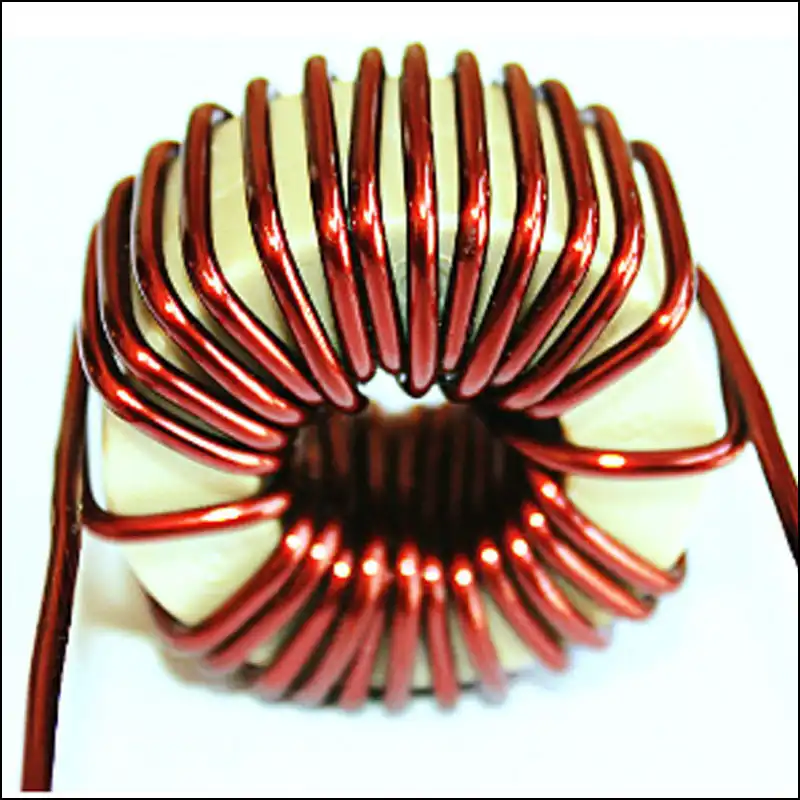
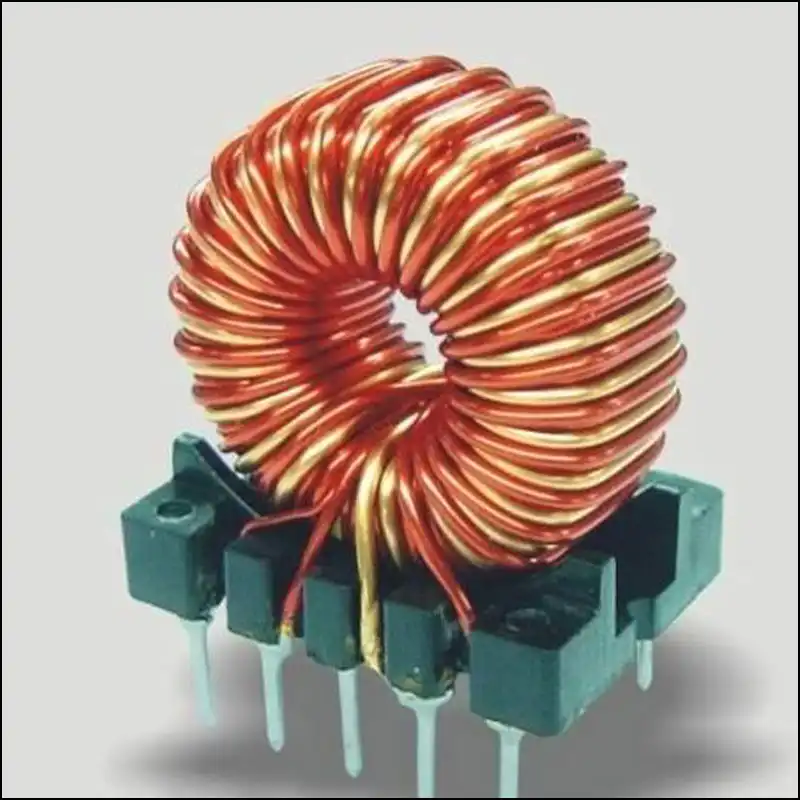
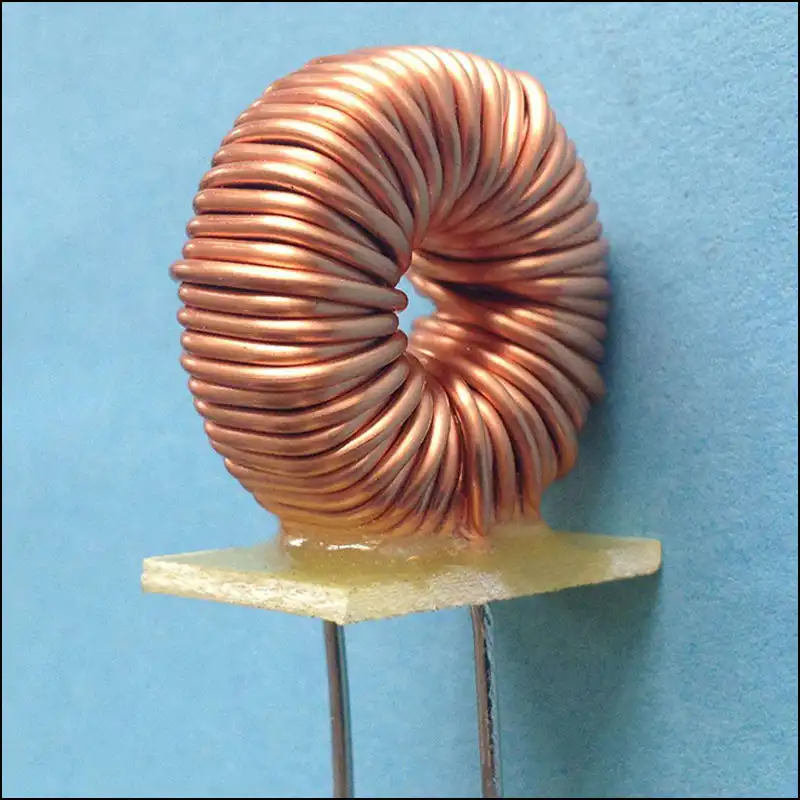
Chemical Composition
Executive standard:ASTM/GB/T5233-2001/EN12163(%max., unless shown as range or min.)
| Numbering | Be | Co+Ni | Cu | Fe | Pb | Si | Al |
|---|---|---|---|---|---|---|---|
| C17200 | 1.8-2.0 | Co+Ni≥0.2 | Margin | 0.15 | - | 0.15 | 0.15 |
| C17300 | 1.8-2.0 | Co+Ni≥0.2 | Margin | 0.15 | 0.2-0.6 | 0.15 | 0.15 |
| C17500 | 0.4-0.7 | Co 2.4-2.7 | Margin | 0.15 | - | 0.15 | 0.15 |
| C17510 | 0.2-0.6 | Co≤0.3,Ni 1.4-2.2 | Margin | 0.15 | - | 0.15 | 0.15 |
| QBe2.0 | 1.8-2.1 | Ni 0.2-0.5 | Margin | 0.15 | 0.005 | 0.15 | 0.15 |
| BeCo1Ni1 | 0.4-0.7 | Co 0.8-1.3,Ni 0.8-1.3 | Margin | 0.02 | - | 0.02 | 0.04 |
Mechanical properties and conductivity analysis
(AT/TF00)
| Numbering | Tensile Strength/MPa | Yield Strength/MPa | Elongation% | Hardness | Conductivity%IACS |
|---|---|---|---|---|---|
| C17200 | 1160-1380 | 980-1240 | 3-15 | 36-42HRC | 22-28 |
| C17300 | 1160-1380 | 980-1240 | 3-15 | 36-42HRC | 22-28 |
| C17500 | 700-920 | 560-710 | 10-25 | 92-100HRB | 45-60 |
| C17510 | 700-920 | 560-710 | 10-25 | 92-100HRB | 45-60 |
| QBe2.0 | 1160-1380 | 980-1240 | 3-15 | 36-42HRC | 18-20 |
| BeCo1Ni1 | 700-920 | 560-710 | 10-25 | 92-100HRB | 45-60 |
Available Status
| Brush Name | ASTM Name | Description |
|---|---|---|
| A | TB00 | Solution annealing state (quenched state) |
| ½H | TD01 | Quarter hard |
| ½H | TD02 | Half hard (semi-hard) |
| ¾H | TD03 | Three-quarters hard |
| H | TD04 | Hard state (full hard) |
| AT | TF00 | Standard aging heat treatment in quenched state |
| ¼HT | TH01 | Quarter hard standard aging heat treatment |
| ½HT | TH02 | Half-hard standard aging heat treatment |
| ¾HT | TH03 | Three-quarters hard standard aging heat treatment |
| HT | TH04 | Hard standard aging heat treatment (a process of comprehensive strengthening of deformation and aging) |
Note: In the Brush name:
- "A" represents the state of solution annealing (annealed, the alloy is in the softest state, easy to be stamped and formed, and needs to be cold worked or strengthened during the direct failure period);
- "H" stands for cold processing state (hard);
- "T" means that the material has been aging hardened by standard heat treatment (heat treatment means the state of aging strengthening heat treatment).
